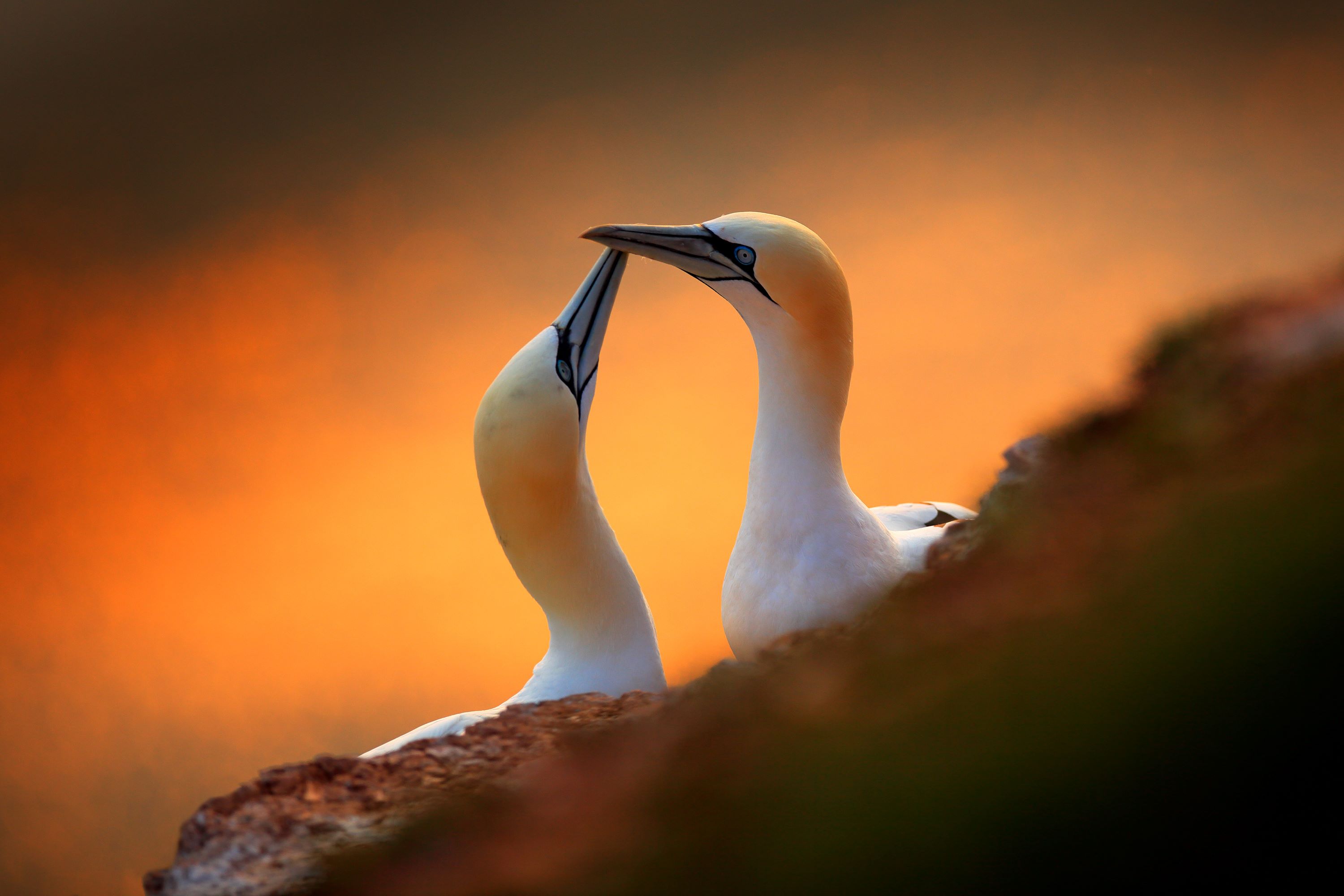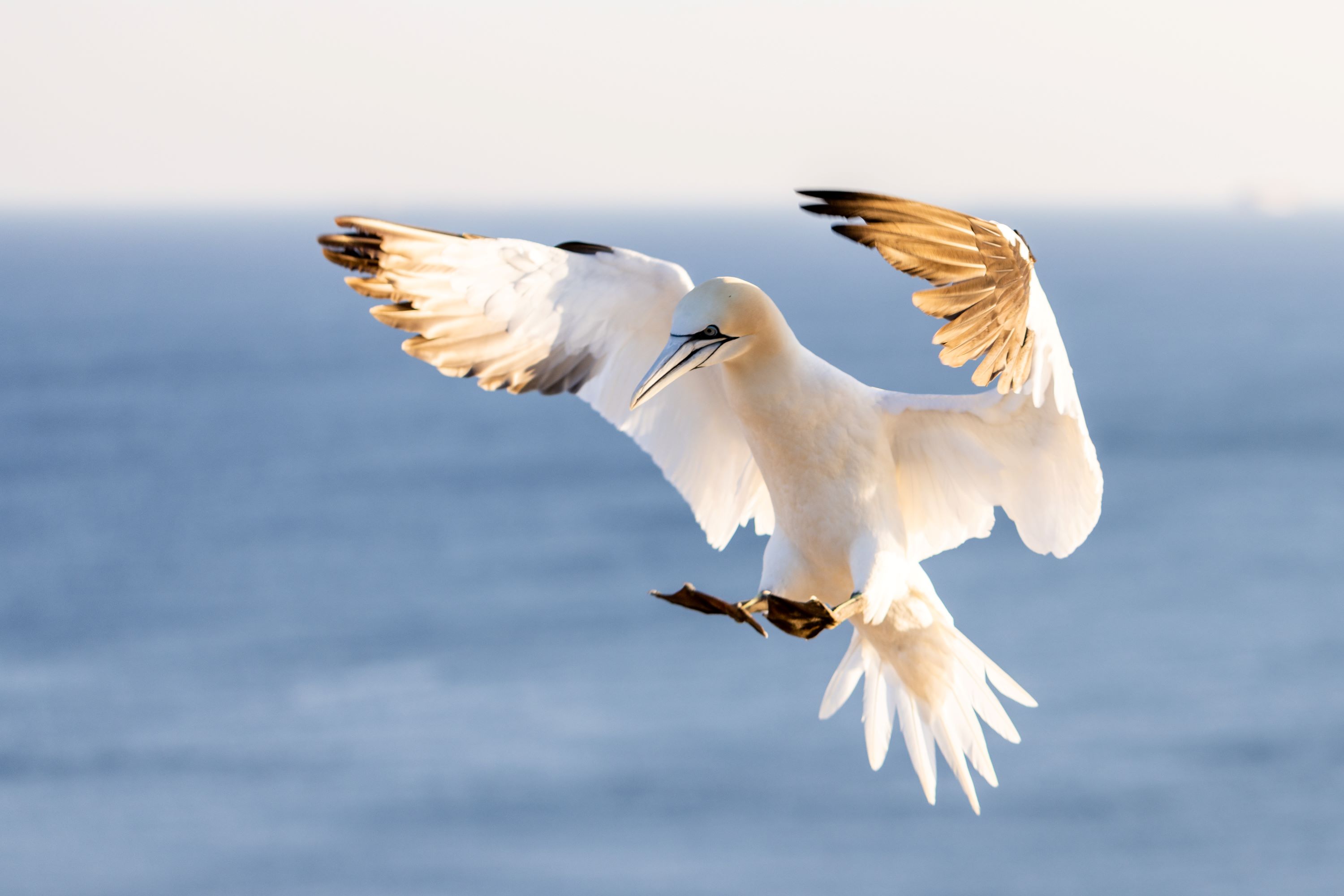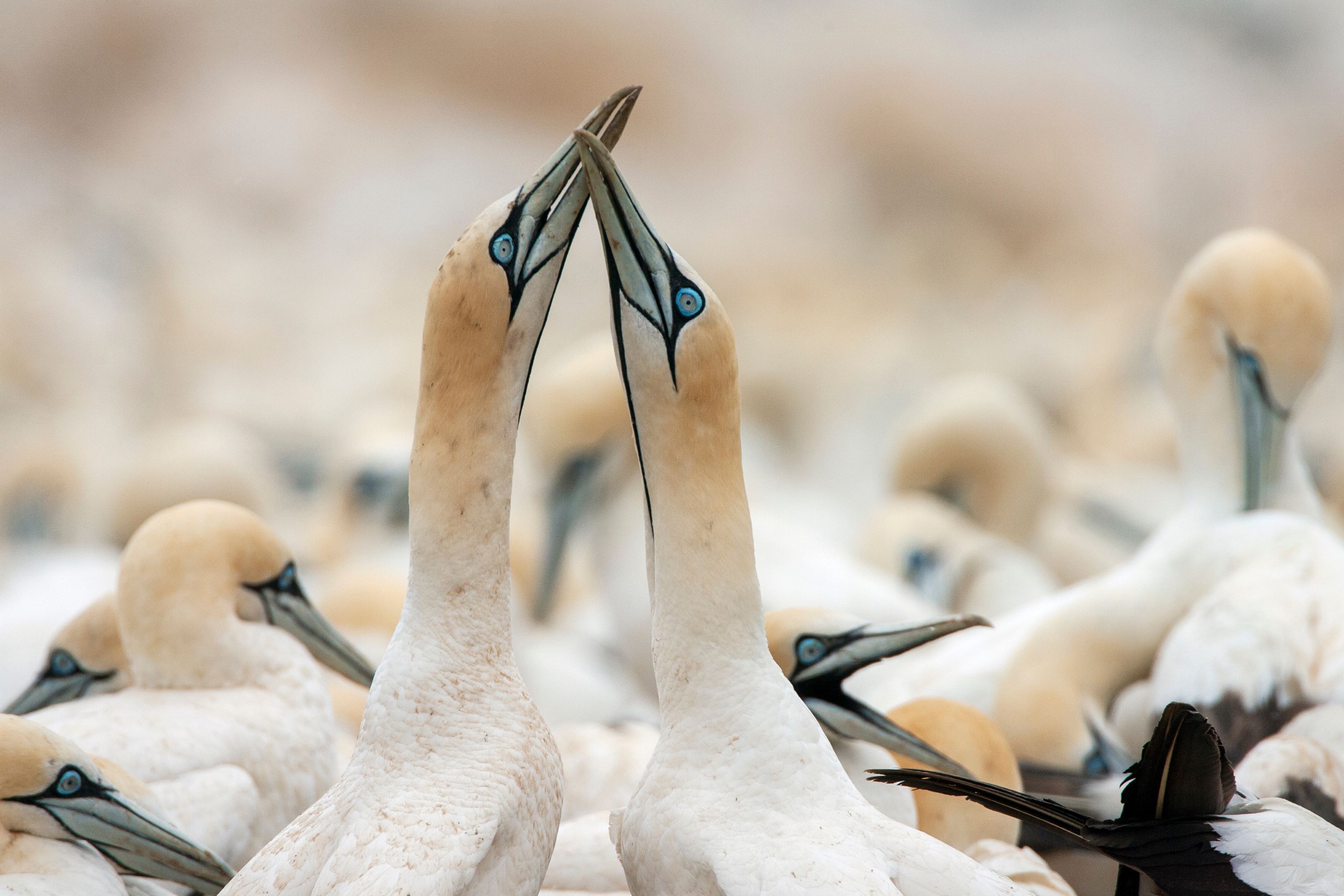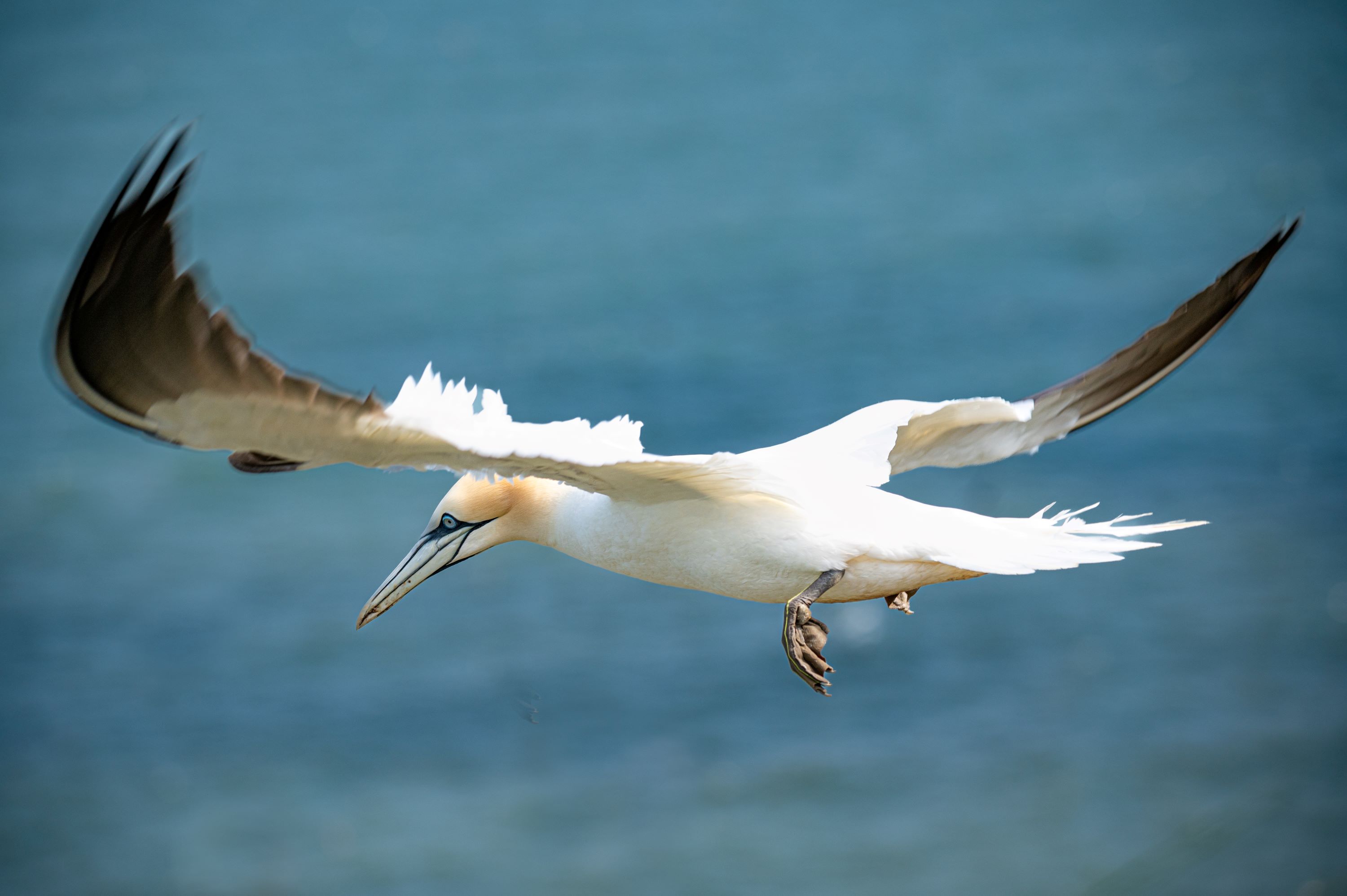
The Genus Morus: The Fascinating World of Gannets
Introduction to the Genus Morus
The Genus Morus, a remarkable group within the avian kingdom, comprises several species of large seabirds known as gannets. These birds are celebrated for their extraordinary diving abilities, striking plumage, and distinctive breeding behaviors. Inhabiting various regions across the globe, particularly in the North Atlantic and Southern Oceans, the genus Morus showcases a unique adaptation to marine life and offers a rich field of study in ornithology and marine biology.
Physical Characteristics of Morus
Members of the Morus genus are characterized by their large size, streamlined bodies, and long, pointed wings. Adult gannets typically measure around 84-100 cm in length, with a wingspan that can reach up to 2 meters. They are predominantly white with black-tipped wings and have a distinctive yellowish head. Their strong, elongated bills are perfectly adapted for plunge-diving, a key aspect of their hunting technique.
Habitat and Range
Gannets within this genus are primarily found in the North Atlantic and Southern Oceans. They prefer offshore environments and are often seen around steep cliffs and isolated islands, which serve as their breeding and nesting grounds. The Northern Gannet (Morus bassanus), for instance, breeds in colonies along the coasts of Europe and North America, while the Australasian Gannet (Morus serrator) and the Cape Gannet (Morus capensis) are found in the Southern Hemisphere.

Diet and Feeding Habits
Gannets are piscivorous, with a diet mainly comprising fish and occasionally squid. They are renowned for their dramatic plunge-diving behavior, where they dive from great heights into the sea at high speeds to catch prey. This hunting method is a testament to their excellent eyesight and precise timing.
Breeding and Reproductive Behavior
Gannets are colonial nesters, with colonies located on coastal cliffs or offshore islands. Their breeding sites, known as gannetries, are often noisy and bustling with activity. These birds are known for their elaborate courtship rituals, which include bill-fencing and mutual preening.
Nesting and Incubation
The nests of gannets are constructed from seaweed, grass, and other marine debris, which are bound together by their droppings. The female typically lays one egg, and both parents share the responsibility of incubation, which lasts about 42 to 46 days. Unique to gannets is the use of their webbed feet to warm the eggs.

Chick Rearing and Fledging
Chick rearing is a demanding task for gannet parents. The chicks are fed regurgitated fish and grow rapidly. Fledging occurs at around 3 to 4 months of age, with the young gannets making their first plunge into the sea, a critical milestone in their journey to independence.
Social Structure and Communication
Gannets have a complex social structure within their colonies. They are known for their loud vocalizations and various physical displays used for communication, particularly during the breeding season. The dense nesting colonies foster a sense of community among the birds, although territorial disputes are common.
Conservation Status and Environmental Challenges
While most gannet species are currently not considered endangered, they face several environmental threats. These include habitat loss, pollution, entanglement in fishing gear, and changes in fish populations due to overfishing and climate change. Conservation efforts focus on protecting their breeding grounds and ensuring sustainable fishing practices.

Conclusion: The Intriguing World of Genus Morus
In summary, the Genus Morus, comprising the world’s gannet species, offers a fascinating insight into the adaptability and resilience of seabirds. Their unique physical attributes, impressive diving skills, and complex social structures make them an intriguing subject for study and conservation. While gannets of the Genus Morus are not found in the inland regions like Utah, their existence and ecological role in marine environments highlight the interconnectedness of global ecosystems and the importance of conserving our world's diverse wildlife.